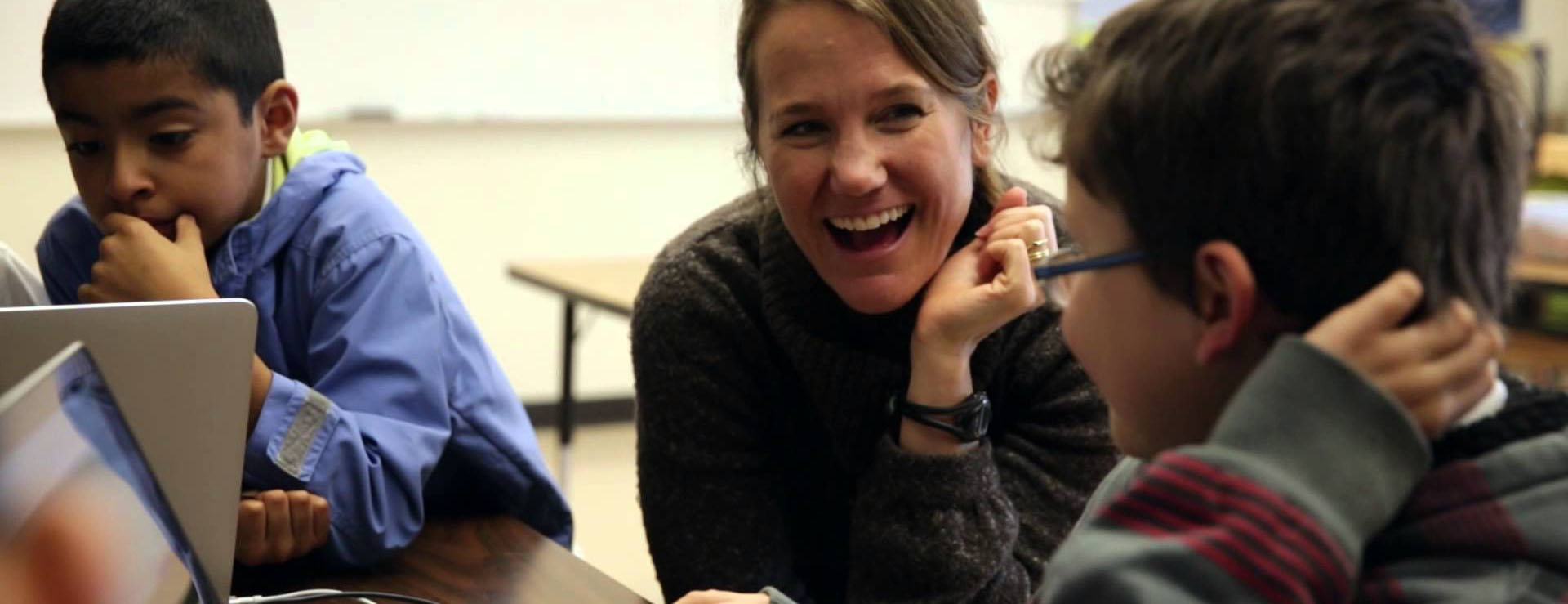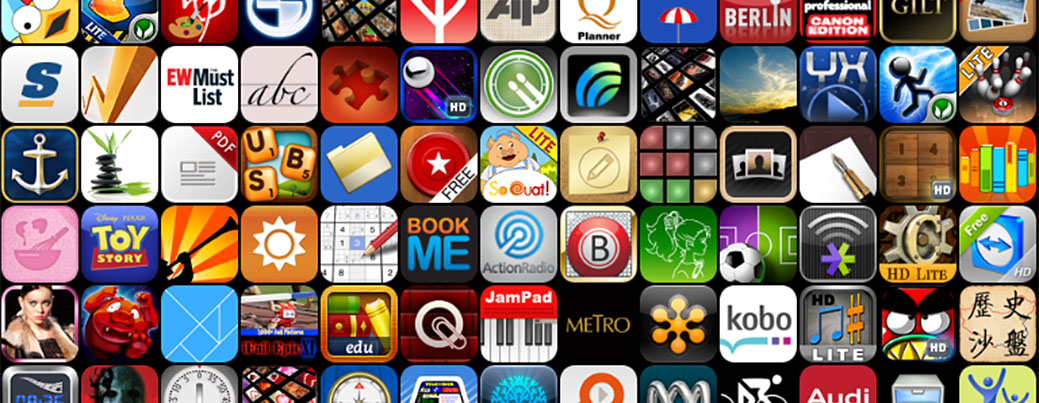
Introduction
We have spent the last year reporting on a lot of developments affecting the learning game industry — from the purchase of Minecraft by Microsoft to the launch of SimCityEDU to the growing phenomena of Clever. With 2014 drawing to a close, we thought we would highlight a few of the key trends we have seen emerging this last year.

Classroom Games Go Mainstream
We saw many reports about teacher use of games in the classroom and it seems undeniable that games are no longer an outlier in the teacher’s toolbox.
A report produced by the Games and Learning Publishing Council (which also sponsors this site) found that nearly three-quarters (74%) of K-8 teachers report using digital games for instruction. Four out of five of these teachers say their students play at least monthly, and 55% say they do so at least weekly.
Digital game-using teachers also say they’re using games to deliver content mandated by local (43%) and state/national curriculum standards (41%), and to assess students on supplemental (33%) and core knowledge (29%).
But there are some caveats to this news. First, teachers rely heavily on games explicitly intended for the classroom. Four out of five game-using teachers say their students primarily play games created for an educational audience, compared to just 5% whose students most often play commercial games. Eight percent of game-using teachers say their students mostly play a hybrid of the first two options—entertainment games that have been adapted for educational use. There is a ton more in the full report that was released in October.
The other thing is games remain something more like an exercise or worksheet of yore. Games continue to be primarily used as ways to gauge student understanding of a specific lesson – so-called formative assessment.
A report released in December focused on this issue and its author recommended developers: “keep an eye on one’s audience, and the largest groups of teachers were either users of games who were not super-enthusiastic about them, and teachers who don’t use games that often and were less likely than teachers in other groups to think games are effective for any purpose. Greater clarity about learning and assessment features of games may communicate better to these groups of teachers.”

Learning Game Monetization Diversifying
It used to be that most companies either made money through a paid download or through an in-app purchase. Well, things are getting more complicated on the financial front and for most firms that’s a good thing.
Take GlassLab for example. The firm started as an ornate collaboration between educational reformers, game industry types and foundations. The lab launched its first game – SimCityEDU — last November and more games followed.
Each game has its own marketing effort and collaborators, but the Lab wasn’t just in the business of making games. Beneath the game was a complicated “assessment engine” that gathered massive data troves on player choices and actions and turned those into reports that gauged student performance and understanding.
But soon GlassLab began expanding its model, developing the engine as a tool that could be used by other game developers – a sort-of middleware between game developers and teachers who wanted to know if their students were learning.
It was the kind of specific skills that even perhaps the most successful learning game suite – iCivics – jumped at the chance to use.
“What they (teachers) tell us all the time is, ‘Can I use the score from the game to rate the students?’ And we didn’t think we could make that leap with the data we had before. Our hope is now we can answer that,” iCivics Executive Director Louise Dubé explained in September.
So GlassLab has evolved to be both a game developer but also a middleware for other developers and hope to turn that into a money-maker.
It’s a version of the story we’ve heard several times this year. Firms like Muzzy Lane produce their games under their brand and see success, but their business model, like that of Filament Games, relies on producing games for partners – often traditional educational publishers who lack their own producers.
School Technology Headed for Tipping Point
There have been lots of stories of school districts investing in tablets, ramping up wifi access and struggling with logistical and policy issues, but despite these often district-by-district stories, there are a couple of clear things happening in the classroom.
First, schools are poised to see a new wave of money aimed at beefing up the technology in schools – including those that serve underprivileged students. Just this month the FCC approved what will amount to a $1.5 billion increase (or more than 60 percent) in the so-called E-Rate program, which aims to cover the costs of technology upgrades in schools. The program will now boast $3.9 billion in funds for schools and libraries.
U.S. Secretary of Education Arne Duncan called the move a “huge step” in the government’s efforts to “provide high-speed internet access to schools and high-quality digital learning resources to teachers and students.’’
This comes as the school market has also seen a real increase in the competition for the classroom market. Until this year Apple largely owned the mobile computing market, but in late November news emerged that they had fallen to number 2 – trailing Google.
“Chromebooks are really gaining traction,” Rajani Singh, an analyst with IDC, told The Financial Times. “The growth of Chromebook is a major concern for Apple’s iPad.”
The news comes less than a year since Google unveiled a major overhaul of its educational offerings.
“We were told mobile technology isn’t transformative unless you have on the order of a device per student. That’s what they wanted, but it wasn’t affordable or practical,” Rick Borovoy, product lead for Google Play for Education, said in February, adding that cost and technology barriers made the scale needed for each student to have a device seemed too expensive.
But it wasn’t just the platform that needed work; it was also what went on it.
“We also heard we needed to make sure that they are awesome in terms of what kids can do with them. Make sure they have a world-class set of tools and educational content,” he said. “And those two things came together and we said, ok we have to solve both of those.”

Market Intelligence: Consumers Beginning to See Not All Games as Equal
So issues of discoverability remain a real mixed bag for developers and consumers alike.
Or put a different way by Toca Boca’s CEO Björn Jeffery: ““In general, if you are looking for great apps which are not awful – which seems like a reasonable question to ask – your options are pretty limited. It’s quite difficult still with discovery broadly – how do I find a great app for my kids, no matter what I am looking for – educational or whatever? How do I find a filter or an editor or a curator or something like that that can point me in the right direction? And at the moment it is almost only the platforms themselves.”
Those platforms – mainly Google Play and the iTunes store – have been slow to create consumer-facing curated areas and so anything aimed at younger children is placed in the “Educational” category. This is a fact that has driven many developers of formal learning games a wee bit nuts as they compete with games that are essentially just games for little kids versus tools to engage and entertain.
Both Apple and Google have launched efforts for teacher-facing areas that attempt to curate some digital tools for grade-appropriateness and, at least a bit, for Common Core equivalence.
On the consumer side little has changed, but we have heard from many developers that they are beginning to market themselves based on the fact that they are built to teach, not just distract.
Motion Math, a firm that has topped 3 million downloads, said they learned a lot about the marketing question during their time in the learning game incubator co.lab which is connected to the non-profit wing of game maker Zynga.
“What we observed at Zynga is that they have everyone working towards this. You have the marketers, who are most involved, you have the product managers who are designing features that will move the needle and give the marketers something to talk about, and then you have the creative people who are thinking about how you really appeal to the user,” Gabriel Adauto said. “If you don’t appeal to the user, the marketing is just lipstick on a pig. It takes everyone to really make it happen.”

